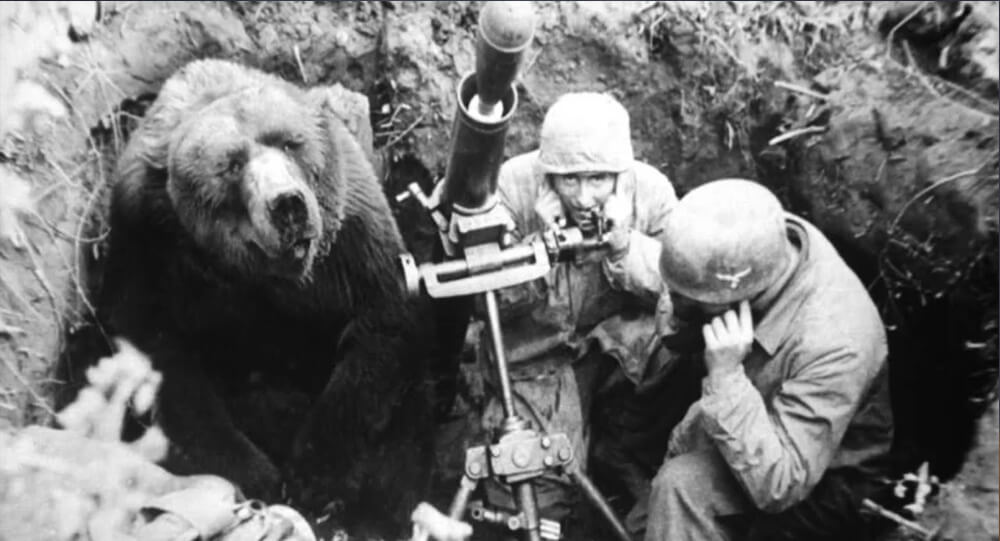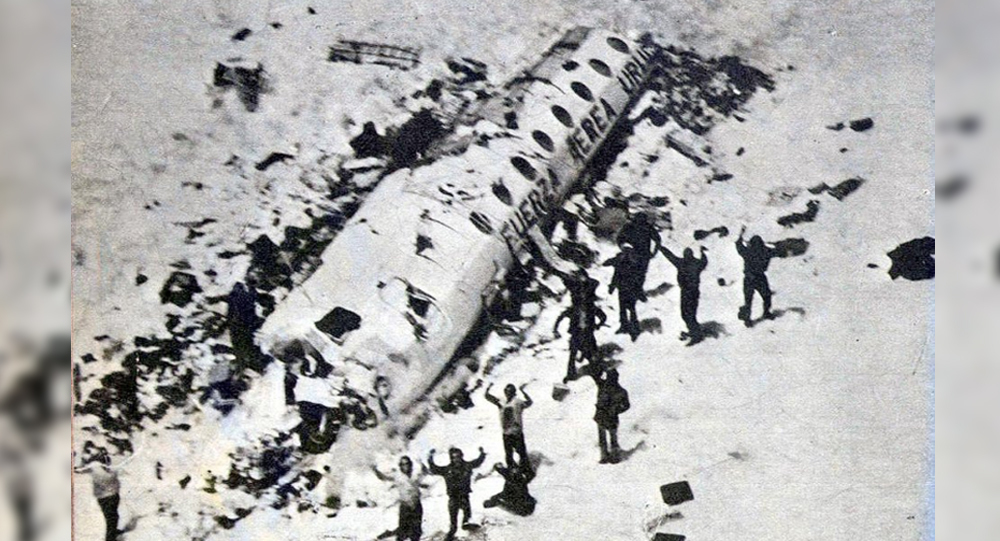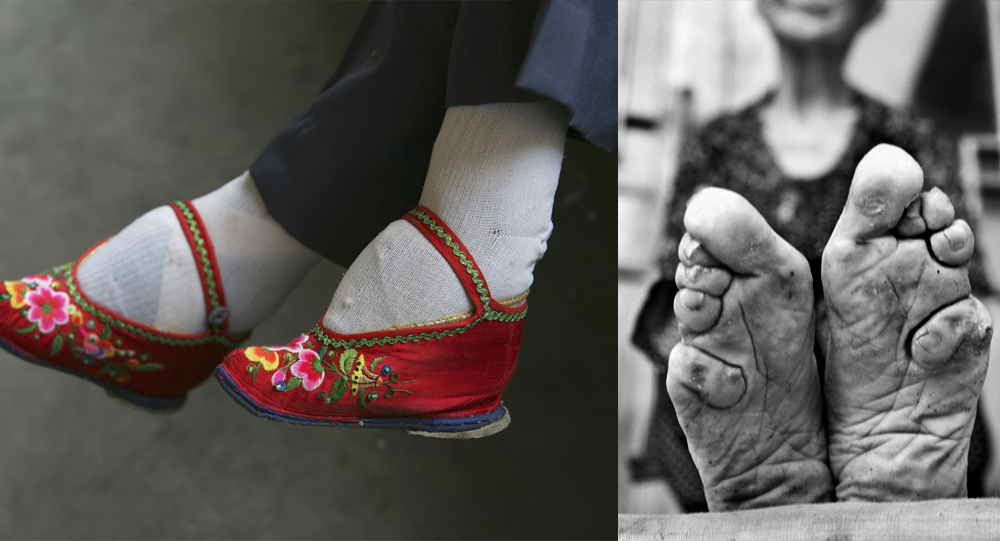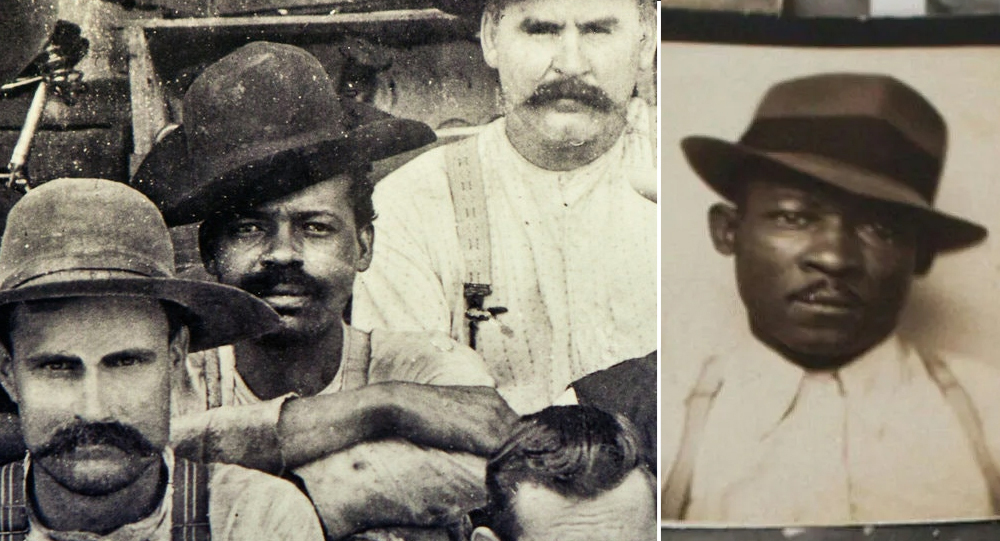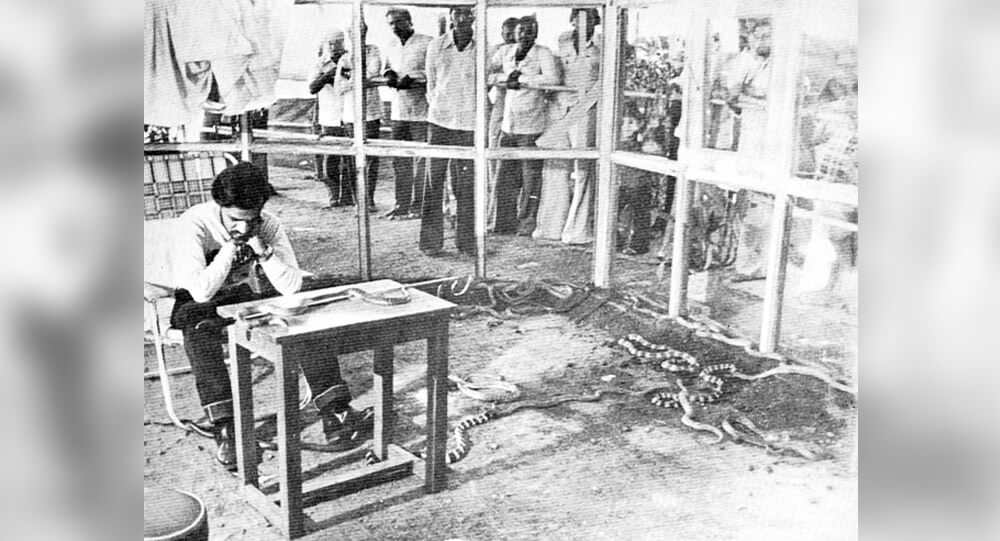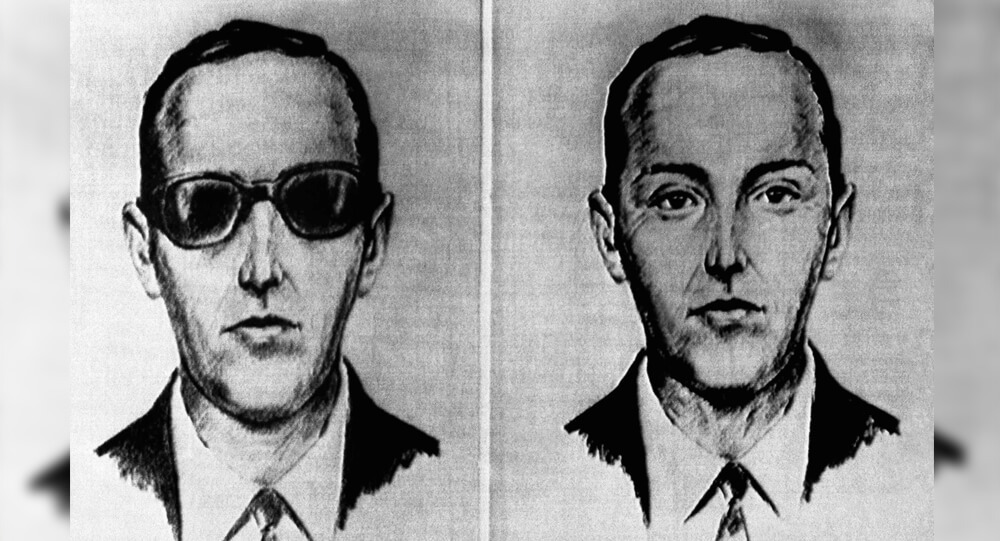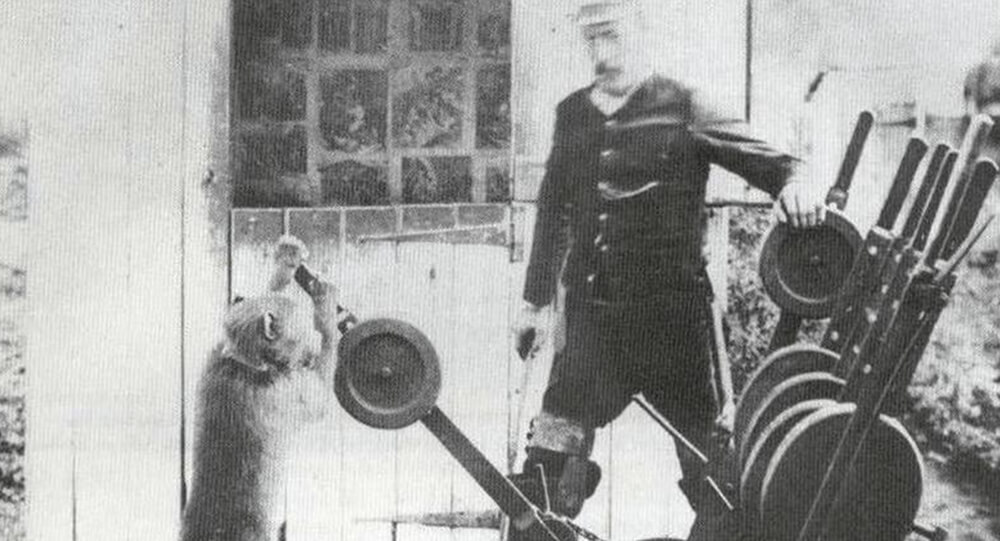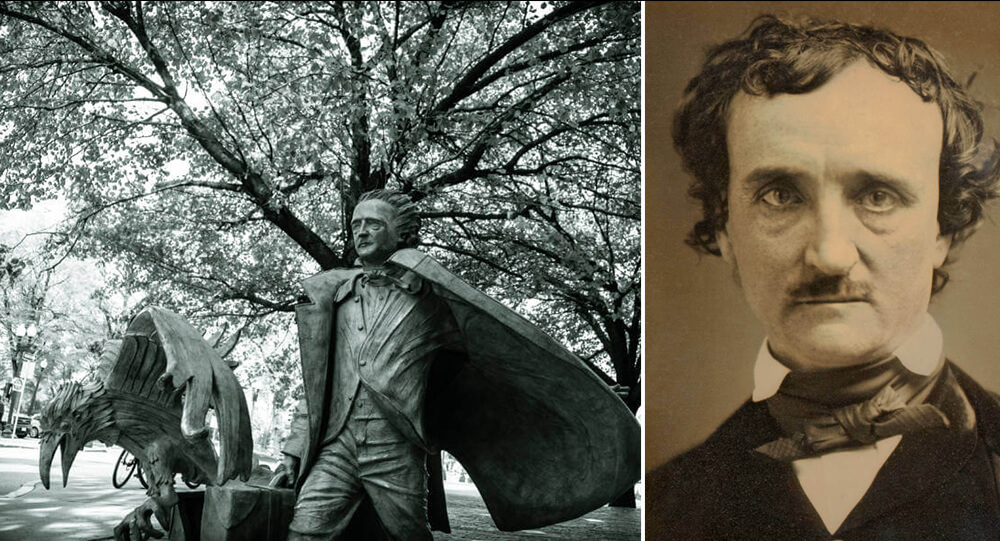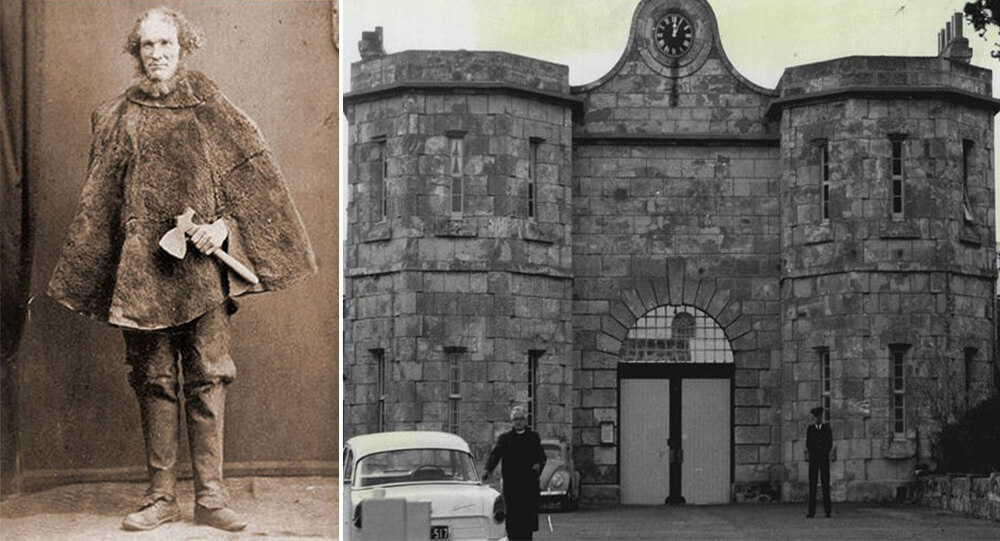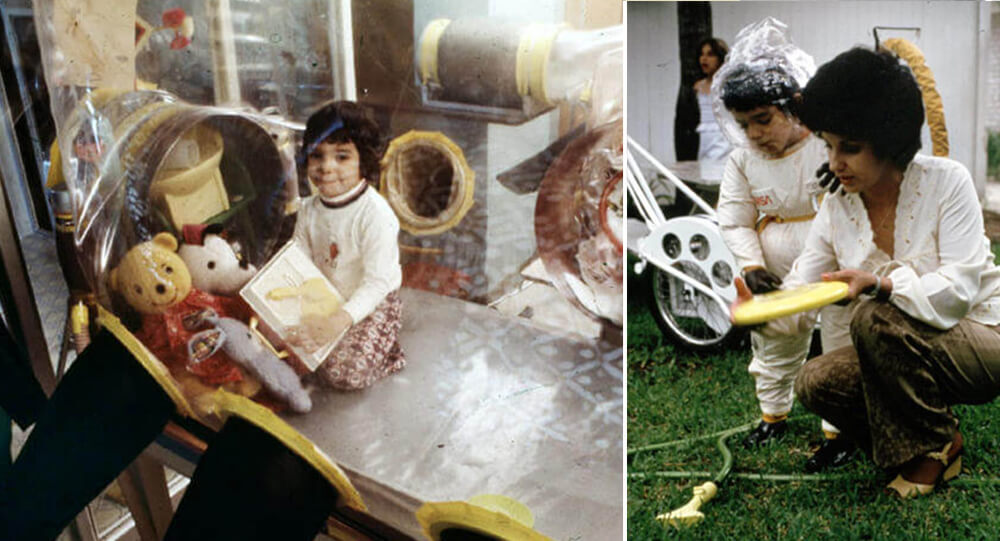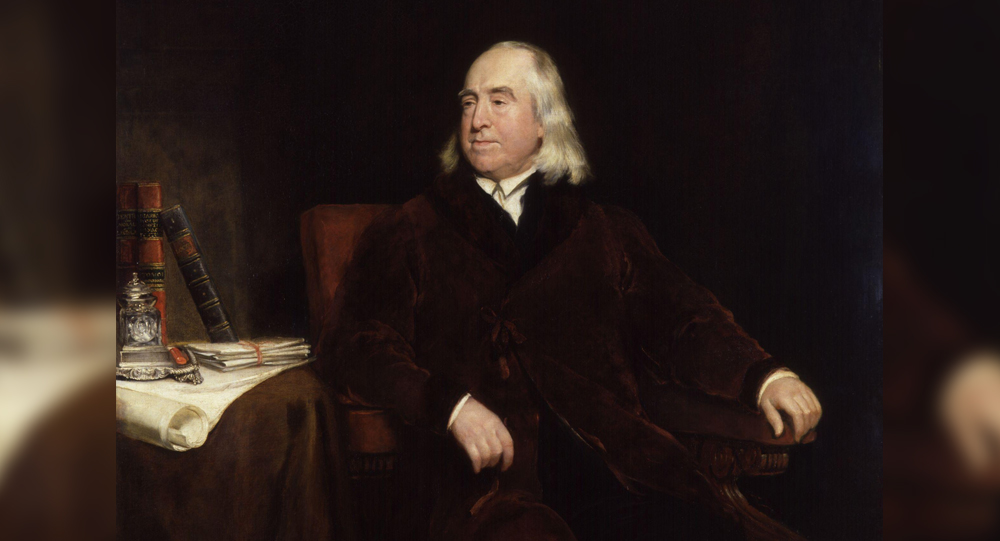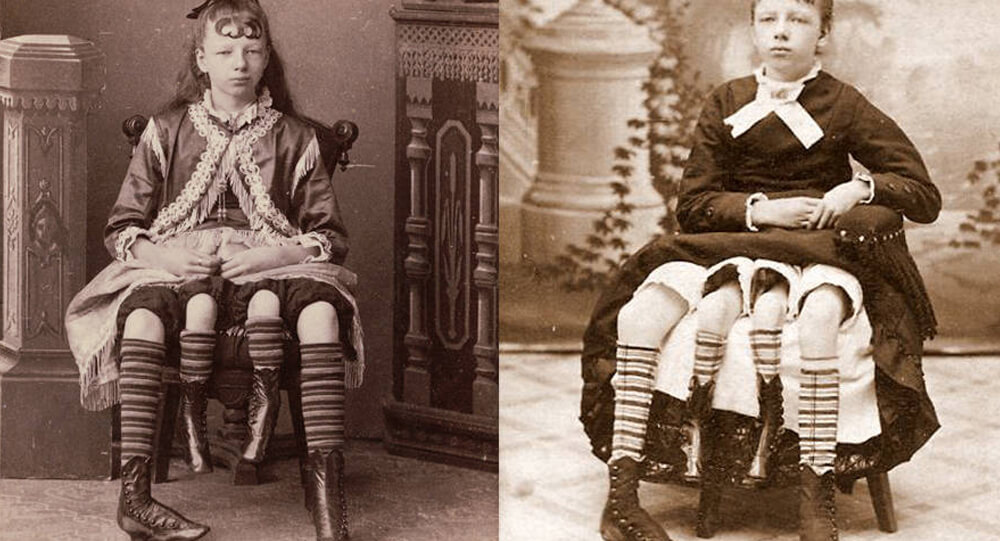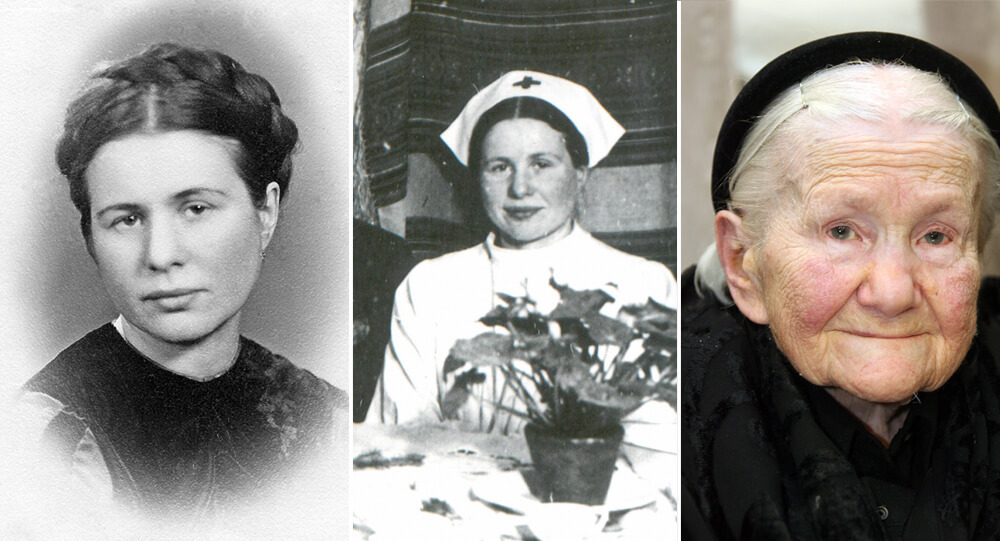

Irena Sendler: woman who rescued Jews during holocaust
Polish social worker, nurse, and head of the children’s division for the Council for Aid to Jews, Zegota, Irena Sendler (an underground resistance group during WWII). She has received the Jan Karski for Valor and Courage and been named a Righteous Among the Nations by Yad Vashem.
Irena Sendler, a humanitarian with a remarkable life story, saved the lives of several Jews during World War II. She is, to put it mildly, an inspirational figure. This essay will examine the life of this important person and her contribution to the Holocaust.
Early life
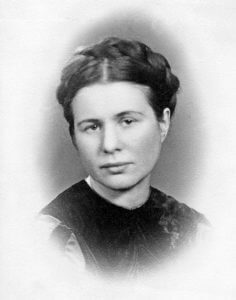
Irena Sendler, also known as Irena Kryzyzanowski at the time of her birth in Warsaw on February 15, 1910, was the child of Janina and Dr. Stanislaw Kryzyzanowski. Irena was raised in Otwock, a nearby town, even though she was born and raised in Warsaw.
When Irena was just seven years old, her father, Dr. Stanislaw Kryzyzanowski, passed away from typhus that he caught while caring for patients. Stanislaw had a significant influence on Irena’s life values despite passing away when she was very young. She said that her father “taught me that if you see a person drowning, you must jump into the water to save them, whether you can swim or not.”
Irena was able to study Polish literature at Warsaw University thanks to the financial support of numerous Jewish community leaders who assisted with Stanislaw’s studies after his passing.
Irena disapproved of the ghetto bench arrangement that had been put in place in various institutions before the war while she was a student. She responded by damaging her grade card, for which reason the university suspended her for three years.
This was the first of Irena’s demonstrations against Jewish discrimination, but it was also the start of her work as a humanitarian, defending the lives of Jews throughout the Holocaust.
How Did Irena Sendler Help During the War?
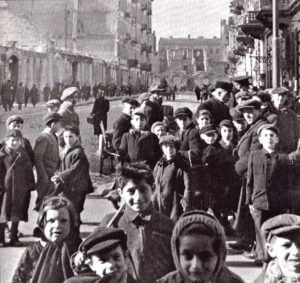
Irena began assisting the city’s Jews by giving them food and drink as soon as World War II began, when the Germans conquered Warsaw, the city where she was born. Irena was unable to reach individuals in need of her help after the city’s ghetto was constructed. She then began to think of further ways to assist.
When the Warsaw Ghetto was created in the year 1940, Irena began to smuggle orphaned kids out of the area. She gained entry to the Warsaw Ghetto and access to the orphaned children who lived there by using her position as a social worker and paperwork from a Contagious Disease staffer (who later joined the underground group Zegota).
following the creation of the Provisional Committee for Aid to Jews (Zegota), an underground Polish resistance organization, in 1942. Irena was shortly named the division’s head for children. Irena and her group at Zegota assisted in the evacuation of some 2,500 Jewish kids from the Warsaw Ghetto. Irena’s team would remove kids from the ghetto using four basic methods, which are as follows:
- through an outdated courthouse close to the ghetto.
- Escape via underground tunnels, like the sewer.
- conceal in a bag of luggage before being rolled out by a trolley.
- via ambulance, concealed under stretchers, pretending to be ill or actually being sick.
Those who were saved were distributed to a variety of orphanages and religious organizations that took in disadvantaged kids. Irena utilized her connections to various locations to bring the kids in under false pretenses. Religious institutions in and near Chotomow, Turkowice, and Lublin, as well as the Rodzina Marii Orphanage, were some of the main locations these kids were transported into.
Why Was Irena Sendler Imprisoned?
Irena was detained on October 20th, 1943, and then taken to Piawiak jail. Irena gave the interrogators false information while she was being tortured to learn more about the other Zegota members. Irena was eventually given a death sentence, but she was spared from execution because other Zegota members paid off jail guards to help her escape.
Nazi officials amusingly reported the day after Irena’s escape that she had been shot, placing posters with this fake information all throughout Warsaw. Irena spent the remainder of the war in hiding before beginning to try to find the parents of the kids she had saved. Sadly, almost all of these parents had perished in the Holocaust.
Later Life
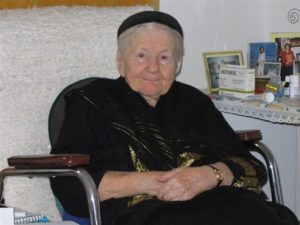
Irena continued working as a social worker after the war was over. She received various honors for her exceptional bravery and courage, including the Jan Karski Award for Valor and Courage and the Righteous Among the Nations from Yad Vashem, which were also mentioned above. Irena has also been nominated for the Nobel Peace Prize and received Poland’s Order of the White Eagle in addition to these accolades.
The remainder of Irena’s life was spent receiving care from Elzbieta Ficowska in Warsaw. Irena sneaked Eizbieta, who was six months old at the time, out of the city’s ghetto.

The 440-pound bear named Wojtek and his World War II battle against the Nazis
Polish troops raised an orphaned bear cub during WWII. He enjoyed drinking beer, and was trained to salute. He became officially enlisted as a member of the forces, and helped carry artillery during battle.

Man's Blood Helped Save Millions of Babies
Australian blood donor James Harrison has been one of our most impressive and valued donors, having donated for 60 years. Know his story, how he was a pioneer of our Anti-D program, and why this matters.

1972 Andes Plane Crash Survivor recall the terrifying Struggles to Stay Alive
On October 13, 1972, a plane carrying a rugby team from Uruguay crashed in the Andes between Chile and Argentina. The survivors were in brutal conditions - high altitude, bitter cold, and the lack of food—and faced the most terrible choice—eating the frozen flesh of their dead friends or starving to death themselves.

Ea-Nasir: world's oldest written customer complaint
This clay tablet, written in cuneiform, is the oldest known written customer complaint about the delivery of poor quality copper ingots. Originally from ancient Babylon, the tablet dates back to 1750 BCE, and it was written by a customer named Nanni to a merchant named Ea-Nasir. It is currently housed in the British Museum.

Ancient Egyptians Had Pregnancy Tests Over 3500 Years Ago
The ancient Egyptians used a pregnancy test that involved potentially pregnant women peeing on barley and wheat seeds. Plant growth indicated pregnancy: barley for a boy and wheat for a girl. Later tests revealed that pregnant women's urine causes plant growth 70% of the time, whereas non-pregnant women's urine does not.

The youngest person executed, George Stinney Jr was proven innocent
In 1944, George Stinney Jr. was 14 years old when he was executed in South Carolina. It took only ten minutes to convict him — and 70 years to exonerate him.

Inside China’s Footbinding Tradition: The Painful Ritual of Lotus Shoes and Bound Feet
In China, Lotus shoes were used to bind women's feet to keep their feet small

Nearest Green, America's first known Black master distiller
Nathan "Nearest" Green was an African-American head stiller who is now more frequently referred to as a master distiller. He was renowned for imparting his distilling knowledge to Jack Daniel, the creator of Jack Daniel's Tennessee whiskey distiller, after Jack Daniel was freed from slavery following the American Civil War.

During the 1996 Olympic bombing, Richard Jewell falsely accused of committing the crime after saving dozens of people
Richard Jewell, an American security guard, discovered a bomb during the 1996 Olympic Games in Atlanta and assisted in the evacuation, but was later wrongfully accused and faced public scrutiny. He was cleared, but it had a lasting impact on him until his death in 2007 at the age of 44.

The story of a man who spent 72 hours with 72 venomous snakes to prove they only bite when provoked
In the 1980s, an Indian man spent 72 hours in a glass cabin with 72 snakes, some of which were extremely venomous. His aim was to prove that snakes only attack when provoked. Remarkably, he was not bitten once in those 72 hours and even set a Guinness World Record in the process.

D.B. Cooper: Man who hijacked a plane and jumped out with a $200,000
On November 22, 1971, DB Cooper hijacked a Boeing 727, drank a whisky, smoked a fag, and then jumped out of the plane with $200,000. He was never again seen.

Philippines, the largest supplier of Nurses in the World
Philippines is the world’s largest supplier of nurses, supplying roughly 25% of all overseas nurses worldwide.

Hedy Lamarr, A Hollywood actress who also a mathematician and inventor
Hollywood actress Hedy Lamarr was also a mathematician and the inventor of frequency hopping spread spectrum, a technology still used for bluetooth and wifi

Jack the Baboon operated a railroad, earned a living, and never made a mistake
A baboon worked as a signalman for the railroad in the late 1800s. He never made a mistake and worked for the railroad until the day he died.

3 men lived on top of a billboard in tents for almost 9 months
From 1982-1983, three men in Allentown PA competed in a radio contest in which they lived on top of a billboard in tents. Whoever stayed up longest would win a house. Due to economic pressure from the recession, none of the contestants wanted to give up, so the contest lasted almost 9 months.

Why the Word ‘Pen’ Comes from the Latin ‘Penna’ Meaning Feather
The humble word “pen” carries a rich history rooted in ancient times, derived from the Latin word penna, meaning “feather.” Long before modern pens revolutionized writing, feather quills—especially from geese—were the essential tools of scribes, scholars, and artists. This article journeys through the origins of the pen, its evolution, and fascinating trivia about the timeless connection between feathers and writing.

Inside The Mysterious Death Of The Famed Gothic Writer Edgar Allan Poe
Hours before his death Edgar Allen Poe was found on the streets of Baltimore. He was incoherent, wearing another man’s clothes, and unable to explain how he got there. The cause of his death is an unsolved mystery.

Robert Odlum, the first person to jump off the Brooklyn Bridge
The first person to jump off the Brooklyn Bridge was a professional high diver who "wanted to demonstrate that people did not die simply by falling through the air, thus encouraging people to be willing to jump from a burning building into a net." He proved himself correct by safely falling 135 feet through the air and dying only when he hit the water.

The Assassination Of King Alexander
The assassination of King Alexander of Yugoslavia marked a pivotal moment in the country's history. This article delves into the rise and reign of King Alexander, exploring his early life and ascension to the throne. It also examines the political and social climate in interwar Yugoslavia, setting the stage for the tensions and challenges that ultimately culminated in his tragic assassination. By understanding the context in which this event unfolded, we can better grasp the significance and impact it had on the nation and its future.

Will & William Wests: The puzzling situation of two inmates who are identical but not related
These are the mugshots of Will West and William West, and they are not related. They were both sent to Leavenworth Prison at the same time, in 1903, and after some confusion, the staff understood they had two different prisoners with the nearly same name, who looked exactly alike. They are part of the reason fingerprints are now used as identification.

Moondyne Joe: The story of Australia's most notorious prison escapee
A man named Joseph Bolitho Johns (A.K.A Moondyne Joe) broke out of Australian prisons so many times that the police were compelled to build a special cell just for him. He escaped from that as well.

The touching story of David Vetter (bubble boy), the 'boy who lived in a bubble
David Vetter lived his whole 12 years in sterile “bubble”. He was “outside” for 20 second after being removed from his mother’s womb. He never touched any human.

How 18th Century Women’s Rights Movements Shaped Modern Equality
The 18th century marked a turning point in the quest for women’s rights, as passionate voices challenged centuries of gender inequality and laid the groundwork for modern feminism. From pioneers like Mary Wollstonecraft to revolutionary declarations and early advocacy, this era sparked debates on education, political participation, and social justice that continue to resonate today. Journey through the origins of women’s rights movements and discover how their bold ideas shaped the fight for equality.

How European Rabbits Took over Australia
In 1859, wealthy settler Thomas Austin released 13 wild rabbits on his Australian estate. By 1920, their population grew to 10 billion.

The true story of Josephine Myrtle Corbin, the lady born with four legs and two private parts
Josephine Myrtle Corbin, an American sideshow performer born in 1868, had a rare condition known as dipygus, which caused her to have four legs, each smaller inner leg paired with one of her outer legs. Corbin joined the sideshow circuit, captivating audiences as the "Four-Legged Girl from Texas."

